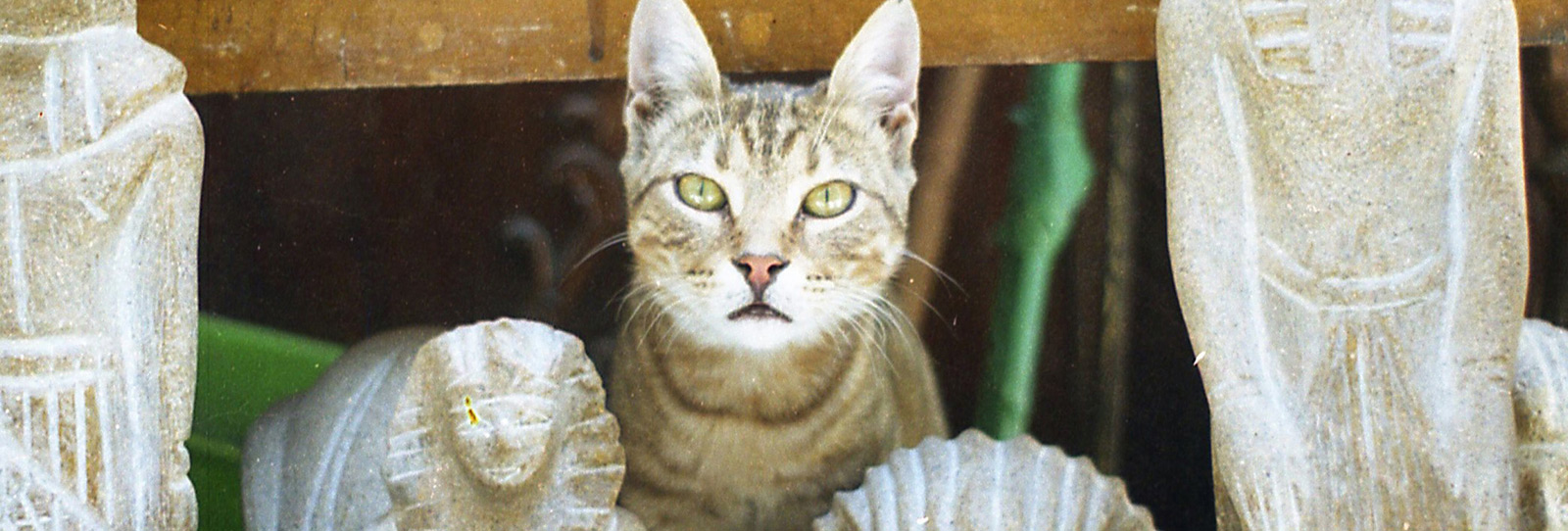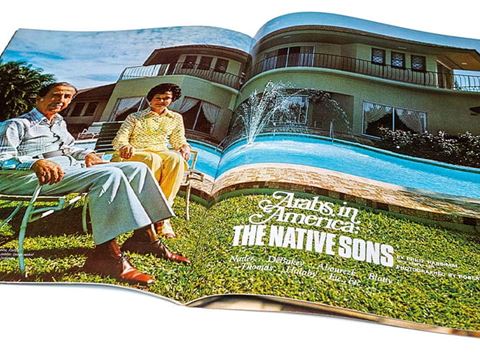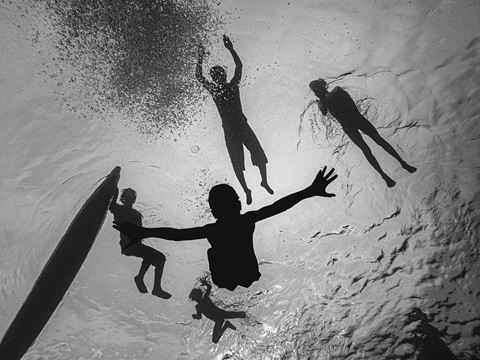
FirstLook: Cairo Cat
Since Pharaonic times, thousands of cats have appeared in Egyptian iconography and literature. Today Cairo, they pad and paw their way everywhere, even staring down the camera of photographer Lorraine Chittock.
In any town or city, there are always plenty of reminders that we humans are not the only inhabitants. This is particularly true in Cairo, thanks in great part to cats, who seem to pad and paw their way everywhere. And they have been doing this in Egypt since Pharaonic times, when they were mummified and solemnly interred by the thousands, and the goddess Bastet was depicted first as a lioness and, later, as a domestic cat. Cats have appeared in Egyptian iconography, poetry and literature for millennia, up to modern times.
This tabby, who frequented a tourist shop near Fishawi’s Café, a favorite of Nobel Prize-winning author Naguib Mahfouz, acted like she knew all this history by heart. As she pranced over the souvenir sphinxes, Nefertitis and Tuts, I could sense her almost demanding her portrait be taken. I complied. She stared down the camera as if she had been studying the stone faces around her all her life.
—Lorraine Chittock www.CairoCats.com
This tabby, who frequented a tourist shop near Fishawi’s Café, a favorite of Nobel Prize-winning author Naguib Mahfouz, acted like she knew all this history by heart. As she pranced over the souvenir sphinxes, Nefertitis and Tuts, I could sense her almost demanding her portrait be taken. I complied. She stared down the camera as if she had been studying the stone faces around her all her life.
—Lorraine Chittock www.CairoCats.com
You may also be interested in...

Spotlight on Photography: Arabs In America
Arts
In 1975 AramcoWorld dedicated an entire issue to celebrating the lives of Arab Americans and their impact—from renowned heart surgeon Michael DeBakey to White House correspondent Helen Thomas to entertainer and St. Jude Children’s Research Hospital founder Danny Thomas.
Ambon Island, East Indonesia by Hengki Koentjoro
Arts
This photo was taken off Ambon Island, East Indonesia in 2010. It is one of my favorites, illustrating the free-spirited nature of the children in the rural archipelago. While some children in the big cities may stay inside and play computer games, the children in Ambon with easy access to the water see the ocean surrounding their village as their playground.
FirstLook: Poetic Fusion
Arts
Prior to our modern practice of image manipulation with editing software, photographers worked more with planned intention and craft.